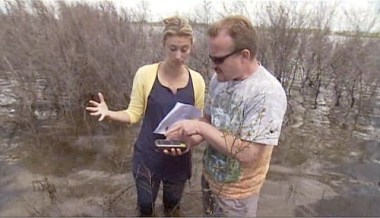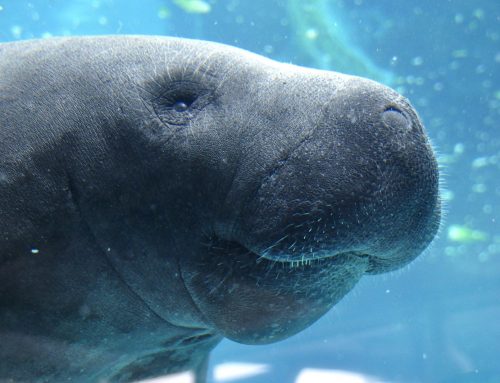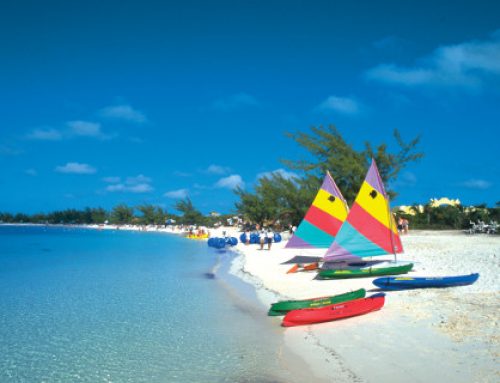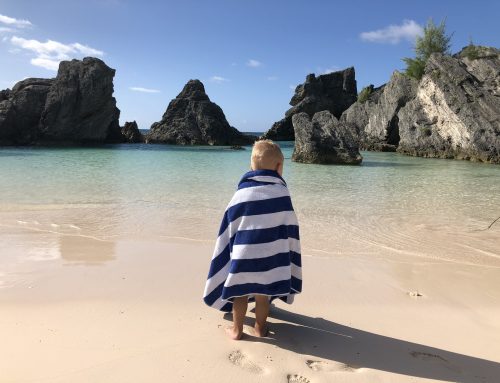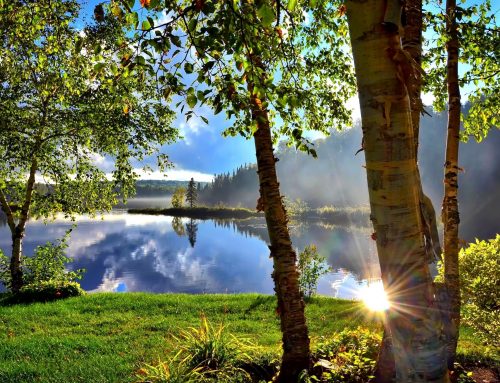It’s a technological scavenger hunt; an activity that has Nancy Drew wannabes out in the field with their GPS, hunting for hidden treasures. Geocaching, as it is called, is a hobby similar to orienteering. It’s done by entering a set of co-ordinates into your GPS, then following directions to the carefully hidden ‘cache’ (pronounced cash). A cache is usually a canteen (left by fellow geocachers) filled with plastic trinkets and a log book. It’s the perfect activity to do when traveling with the family. It’s a great way to get outside, explore a new area and enjoy the thrill of a tech-based treasure hunt.
Though geocaching was relatively new to me, I learned that it’s practiced all over the world. From Texas, to the Philippines, Germany to New Zealand, geocaching has become a global phenomenon with a booming on-line community.
While in Northern New Zealand, where there are some 4000 active geocaches, I figured it would be a good place to try it. Conveniently, Rotorua, a tourist town rich with Maori culture and the stench of sulfuric hot springs, has an active geocaching scene.
Kevin Carroll, an avid cacher and member of the Kiwicaching association, agreed to teach me the ropes. First step was to create a profile on www.geocaching.com. This site lists millions of active caches around the world, so no matter what your destination this is an activity you can do when you travel with your kids. Check the difficulty rating before you head out, because some caches require more rigorous hiking or are more challenging than others.
With my new cashing name (I choose ‘travel junkie’), I was able to access all the caches in the area. Kevin and I chose a few to visit, downloaded the appropriate GPS co-ordinates and set out on the road to test our sleuthing skills.
Kevin (a.k.a GenCuster) drove me through red wood forests and glow-worm crusted caverns to Porridge Pot, a scenic spot with pools of thick, bubbling mud. Following the blinking arrow on my GPS, I kept my eyes peeled for the cache. On my hunt for plastic boxes that looked out of place, I discovered that the GPS does have a margin of error and, within five meters of the cache, isn’t much help.
Like a child’s game of “hot” and “cold,” I wandered around, feeling frustrated by the fact that I was so close to the cache, but couldn’t find it. Pants wet and dirty from crawling through the bush, I finally saw the camouflaged canister tucked away behind a tree trunk. Yay! I opened it up, half expecting to find glistening gold nuggets and priceless antiquities, but my retirement riches took the form of made-in-China key chains and toy army soldiers. Success. I felt like a kid again, discovering hidden treasure. I swapped out my loot for a few trinkets I brought for trading. Though the hunt was fun, I’ll be honest in saying that what I really wanted to find was a glass frosty glass of Chardonnay. Kevin told me that geocaching rules don’t allow perishable items or alcoholic beverages placed inside the cache. With an emphasis on ethics and conservation, this PG-13 hobby is a best better fit for families, not real treasure hunters or aspiring alcoholics.
I searched through the canister, past the coins and plastic trinkets to find a log book. With a dulled pencil, I documented my first geocaching experience. Travel Junkie was here…
If you’re interested in learning more about geocaching with kids in New Zealand visit www.kiwicaching.org



